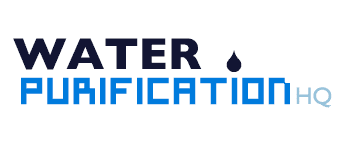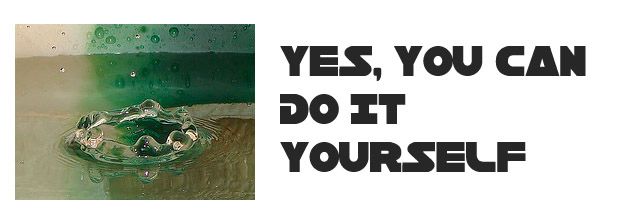Unfortunately, tap water quality is not something that you can count on. In addition to anecdotal evidence of taste and smell, there are several ways you can test your water yourself or have it done by professionals.
Testing your tap water in America
To start with, if you live in America, you can head over to the EPA’s Local Drinking Water Information page by clicking here. From that page, you can click on your state and find specific information about your local tap water quality.
You can also view the EPA’s annual report on your local drinking water along with state partner pages that may have even more specific information. Finally, you can use the EPA site to look up local laboratories that can test your water. Click here for that page.
If you don’t live in America, or if you do and you just want more information on your water quality, you have several options. For one, you can do a search with google or another search engine for local laboratories or water testing offices. Some of these may be partnered with a regulatory agency while others may be independent.
Testing your water with a DIY kit
Another option you have is to buy a home water testing kit. These are relatively inexpensive (typically $10-20) and you can order them online. You can also find them in many of the bigger hardware and home improvement stores. To find them online, simply do a search for “home water testing kit.” A variety of online merchants sell these, including Amazon, where you can read reviews from other customers and see if the kit is worth buying.
Water testing kits are helpful for many reasons. They will help you find the obvious culprits, such as heavy metals and microorganisms, but they will also help you determine if your water is hard or soft. As we wrote in our article on the subject, hard water may offer visible clues, but soft water often goes unnoticed. A kit will help you identify it.
We have written before about why you should purify your tap water. A good starting point, however, is to have the water tested and establish a baseline. Not only will this allow you to get a sense for your water quality, it will also allow give you a reference point so that when you test your water after using a purifying device, you can see if the difference is significant.
By testing your water before and after, you may find that the purifying option you have chosen does not live up to its specifications and that you need to invest in something else. Or, you may discover that the filter is doing its job and your water has never tasted or smelled better.
We highly recommend spending some time on the site and checking out some of our product reviews. We have taken a look at everything from basic counter top filters to more advances (and often, expensive), whole house and reverse osmosis systems.
Another option to consider when it comes to your drinking water, is to see if you can find a local spring where you can get your water directly. We’ve written a guide on this and if you are interested, you can check it out here. Many purification devices do a great job of removing contaminants and impurities, but nothing is quite like fresh spring water, and you’d be surprised how easy it is to get it.







{ 2 comments… add one }